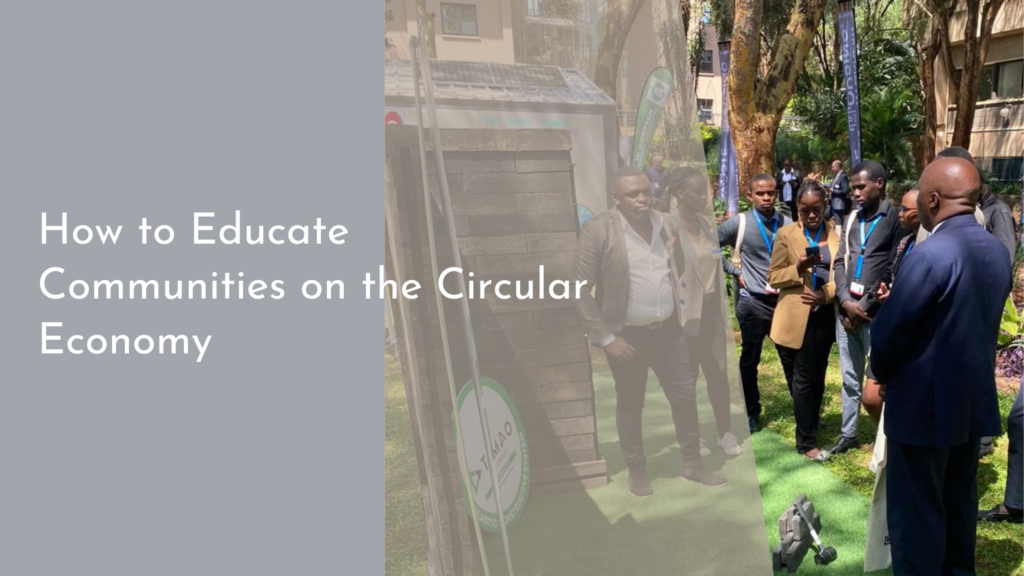The Impact of Carbon Offsetting on Biodiversity
In the quest for a sustainable future, carbon offsetting has emerged as a pivotal strategy to combat climate change. As our understanding of environmental sustainability grows, so does the emphasis on protecting biodiversity. Carbon offsetting, while primarily focused on reducing greenhouse gases, plays a critical role in preserving the myriad forms of life on our planet. This article explores the intricate relationship between carbon offsetting and biodiversity, examining how initiatives designed to balance carbon emissions also contribute to the conservation of wildlife habitats and the promise of a greener future.
Understanding Carbon Offsetting and Its Purpose
Carbon offsetting is an environmental practice that allows individuals and companies to compensate for their carbon emissions by investing in projects that reduce an equivalent amount of CO2 from the atmosphere. These projects can include renewable energy installations, reforestation efforts, and sustainable agriculture initiatives. The primary purpose of carbon offsetting is to achieve carbon neutrality, where the net emissions of carbon dioxide equal zero, thus mitigating the impact of human activities on climate change. By investing in these offsets, carbon emitters take responsibility for their environmental impact, contributing to global efforts to reduce greenhouse gases.
Beyond its environmental benefits, carbon offsetting also has a social and economic dimension. Many offset projects are implemented in developing countries, where they not only help reduce emissions but also generate local employment, improve infrastructure, and foster sustainable development. By channeling investments into such projects, carbon offsetting serves as a bridge between industrialized and developing regions, promoting a more equitable distribution of resources and environmental benefits. This holistic approach ensures that the fight against climate change is inclusive and considers both ecological and human welfare.
The Current State of Global Biodiversity
Biodiversity, the variety of life on Earth, is essential for the stability and health of ecosystems. It provides critical services such as pollination, nutrient cycling, and climate regulation, which are vital for human survival and wellbeing. Unfortunately, global biodiversity is under severe threat due to habitat destruction, pollution, climate change, and overexploitation of natural resources. According to the Intergovernmental Science-Policy Platform on Biodiversity and Ecosystem Services (IPBES), about one million species face extinction within decades, primarily due to human activities.
The loss of biodiversity not only affects ecosystems but also has profound implications for human societies. As species disappear, ecosystems become less resilient to changes, making them more susceptible to disturbances like floods, droughts, and disease outbreaks. This, in turn, threatens food security, water availability, and health. The urgency to address biodiversity loss is paramount, and integrating conservation efforts with carbon offset initiatives offers a promising pathway to safeguard the natural world while combating climate change.
How Carbon Offsetting Supports Wildlife Habitats
Carbon offset projects often involve reforestation and afforestation initiatives, which are instrumental in restoring wildlife habitats. By planting trees and revitalizing degraded lands, these projects create new habitats and corridors for wildlife, allowing species to thrive and maintain genetic diversity. Reforestation not only sequesters carbon but also enhances ecosystem connectivity, providing animals with the necessary environments to forage, reproduce, and migrate.
Moreover, carbon offset initiatives can protect existing forests from deforestation, which is a significant driver of habitat loss. By funding conservation efforts, companies and individuals involved in carbon offsetting help preserve crucial ecosystems such as rainforests, wetlands, and grasslands. These ecosystems are home to a vast array of plant and animal species, and their protection ensures that biodiversity is maintained, even as the world seeks to curb carbon emissions. This dual focus on carbon reduction and habitat conservation creates a symbiotic relationship that benefits both the climate and the planet’s biodiversity.
Reflecting on a Greener Future with Biodiversity
Envisioning a greener future involves recognizing the interconnectedness of carbon offsetting and biodiversity conservation. As more businesses and individuals commit to reducing their carbon footprints, the potential to fund projects that support both climate and biodiversity goals grows. This alignment of efforts can lead to healthier ecosystems, more resilient communities, and a more stable climate. By prioritizing projects that restore natural habitats and protect endangered species, carbon offsetting provides a way forward that honors the intricate web of life on Earth.
While challenges remain, the integration of biodiversity considerations into carbon offset strategies presents an optimistic vision for the future. As awareness and understanding of this relationship increase, so does the opportunity to create impactful change. By fostering collaboration between governments, businesses, and environmental organizations, we can pave the way for a sustainable future where both the planet’s climate and its diverse life forms flourish together.
Carbon offsetting is more than a mechanism to achieve carbon neutrality; it is a vital tool in preserving the planet’s rich biodiversity. By supporting initiatives that restore and protect wildlife habitats, this practice not only mitigates climate change but also ensures the survival of countless species. As we move towards a greener future, embracing the synergy between carbon offsetting and biodiversity conservation will be crucial. Let us strive together to protect the Earth, celebrating the diversity of life that makes our world so wonderfully vibrant.

